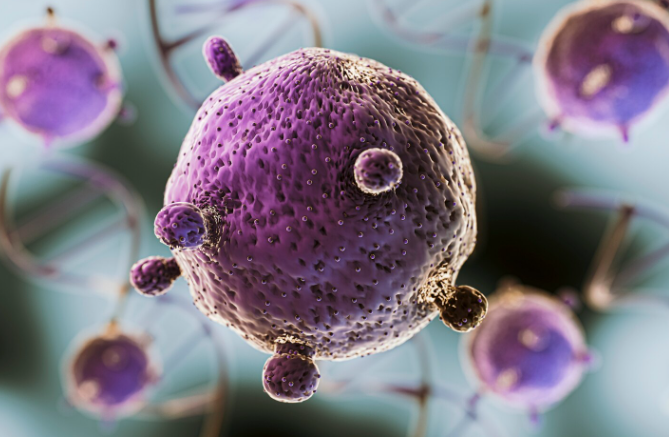Stem cell therapy is at the forefront of regenerative medicine—a rapidly advancing field that aims to repair or replace damaged tissues using the body’s own cells. As more people seek alternatives to traditional treatments, stem cell therapy offers a compelling option for various conditions, from joint pain to skin aging. But how exactly does it work, and who stands to gain the most from it?
What Are Stem Cells?
Stem cells are unique because they have the ability to transform into different types of cells in the body. Unlike other cells, stem cells can divide and regenerate, making them essential in the repair of injured or degenerated tissues. These properties allow them to be used therapeutically in a variety of medical fields.
How Does Stem Cell Therapy Work?
Stem cell therapy involves collecting stem cells—typically from the patient’s own fat tissue or bone marrow—and injecting them into targeted areas. These cells then stimulate the body’s natural healing process, promoting tissue regeneration and reducing inflammation.
The process generally includes:
- Collection: Harvesting stem cells from the patient.
- Processing: Isolating and preparing the cells in a controlled lab environment.
- Injection: Reintroducing the cells into the body at the site of injury or degeneration.
You might be interested in this: Stem Cells for Autoimmune Diseases: Repairing the Immune System from Within
Conditions Treated with Stem Cell Therapy
While research continues to expand, stem cell therapy has already shown promise in treating:
- Osteoarthritis and other joint-related issues
- Chronic back and neck pain
- Sports injuries such as torn ligaments and tendons
- Degenerative disc disease
- Skin aging and loss of elasticity
- Autoimmune conditions like lupus and multiple sclerosis (in experimental settings)
Learn more in this article: Stem Cell Therapy for Chronic Pain: A Regenerative Alternative
Benefits of Stem Cell Therapy
Patients are increasingly drawn to stem cell therapy because of the benefits it offers:
- Minimally invasive procedure: No need for surgery in many cases
- Faster recovery times
- Lower risk of rejection or complications when using autologous (self-derived) stem cells
- Holistic healing: Addresses the underlying cause, not just symptoms
You can read more here: Stem Cell Therapy for Joint Pain: A Natural Alternative to Surgery
Who Is a Good Candidate?
Ideal candidates for stem cell therapy are individuals who:
- Have not responded well to conventional treatments
- Want to avoid surgery or long-term medication use
- Are generally in good health aside from the condition being treated
- Are looking for natural, regenerative solutions
However, not everyone is eligible. Individuals with active cancer, certain infections, or uncontrolled chronic diseases may not qualify. A detailed consultation is necessary to assess eligibility.
Choosing to invest in your health means understanding all your options. If you’re exploring regenerative therapies, stem cell treatments may be what your body needs to begin healing from within. Let’s talk about whether this innovative approach is right for you. Reach out to us today at +57 311 797 0832 or send us a message at info@drdiegohernadez.com.co. Your path to recovery starts with a conversation.




